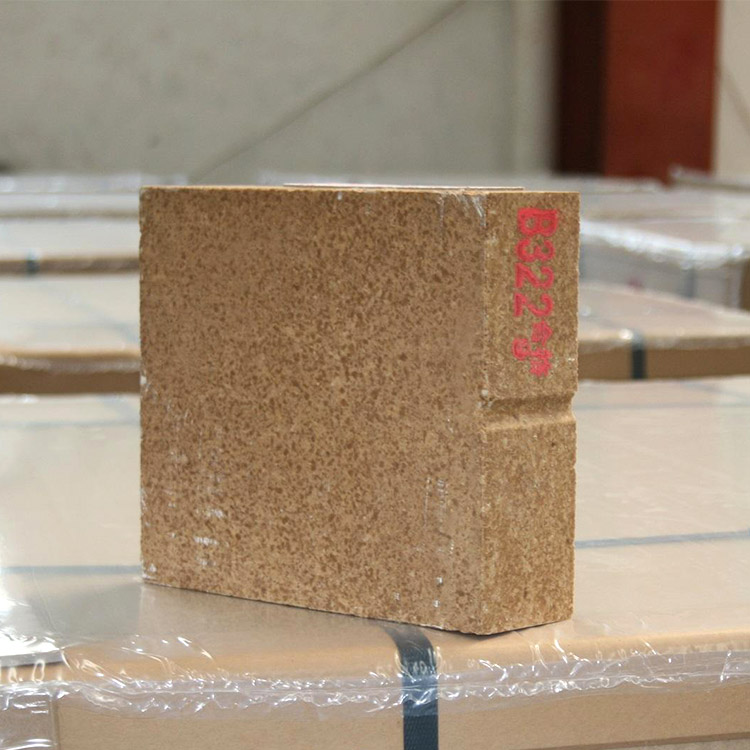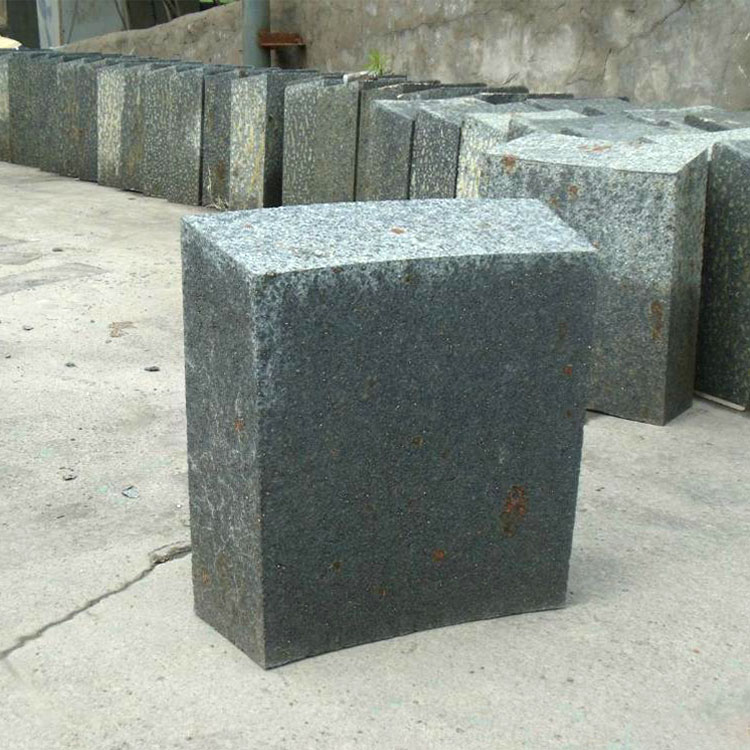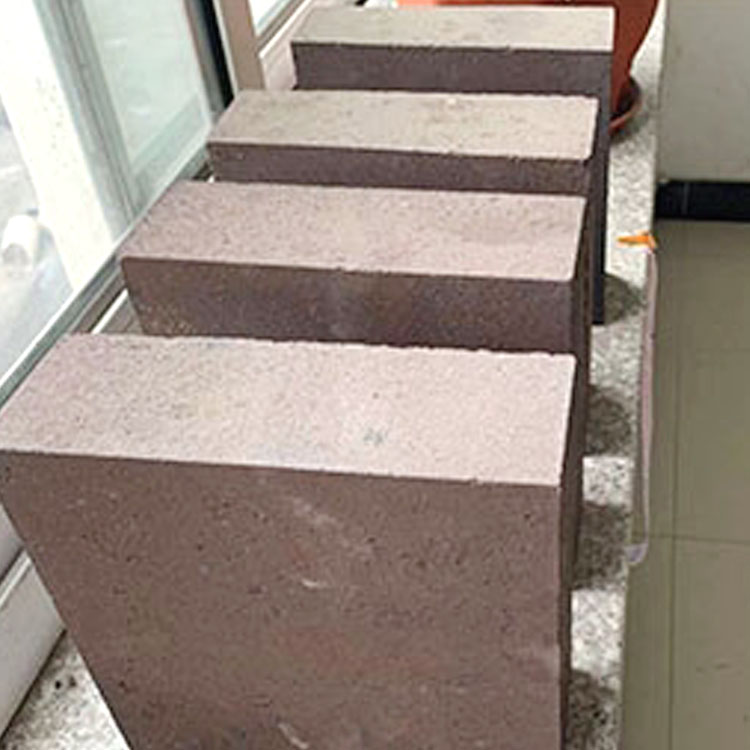Maintenance Strategy and Fault Diagnosis Techniques for Mullite Refractory Bricks to Enhance Service Life
This article presents an in-depth analysis of high-performance mullite refractory bricks used in steel furnace environments characterized by rapid temperature changes. It covers essential selection criteria, installation best practices, and highlights the superior creep resistance and thermal shock durability of mullite bricks. The article also details practical daily monitoring methods and fault diagnosis techniques, enabling maintenance teams to devise effective preservation plans. By adhering to standardized operational procedures and leveraging scientific management, the service life of refractory bricks can be significantly extended, ensuring safe and efficient furnace operation while boosting overall productivity. This technical guide is tailored to frontline engineers and maintenance personnel, offering actionable insights and decision-making support to optimize the application of advanced refractory materials in the steel industry.

Optimizing Performance and Durability: Maintenance & Diagnostic Strategies for Andalusite Refractory Bricks in Steel Furnaces
Andalusite refractory bricks, renowned for their superior high-temperature stability, are increasingly deployed in steel melting furnaces subjected to rapid thermal cycling conditions. Their inherent creep resistance and thermal shock durability make them indispensable in managing the rigorous operational environment of modern steel plants. This detailed guide elucidates the key factors behind selecting, installing, and maintaining andalusite bricks to maximize service life and furnace safety.
Understanding Andalusite Bricks: Key Material Benefits
Andalusite bricks boast a unique aluminosilicate crystal structure that enhances their resistance against high temperature deformation and thermal stress fracture. Typical operating temperatures reach up to 1600°C, with rapid heating and cooling cycles exerting extreme strain. Critical performance indicators include:
| Property |
Typical Value |
Industry Relevance |
| Hot Modulus of Rupture |
15-20 MPa at 1400°C |
Ensures mechanical integrity under load |
| Creep Rate |
<0.05% strain per 100h at 1500°C |
Minimizes deformation during prolonged exposure |
| Thermal Shock Resistance |
Up to 40 cycles (rapid quenching tests) |
Reduces crack initiation during abrupt temperature changes |
Selection Criteria and Installation Best Practices
Selecting andalusite bricks requires strict adherence to material grades certified for rapid temperature variation conditions. Considerations include:
- High alumina content (≥ 55%) for optimal refractoriness
- Low apparent porosity (~18-22%) to balance insulation and strength
- Compatible brick size and shape for minimal joint width and uniform heat distribution
Proper installation is paramount. Recommended practices:
- Use high-temperature refractory mortar, ensuring full joint filling to prevent hot spots
- Pre-heat bricks carefully to avoid thermal gradients causing cracking
- Observe specified brick orientation corresponding to grain structure for enhanced durability
Daily Monitoring Techniques for Early Fault Detection
Routine inspection protocols empower maintenance teams to identify distress signs before severe failures. Recommended methodologies include:
- Visual Thermal Monitoring: Use infrared thermography to detect abnormal hot spots indicating refractory wear or brick displacement—temperatures exceeding design limits by 20-30°C should trigger immediate review.
- Ultrasonic Testing: Applied weekly to measure changes in brick thickness and identify micro-cracks invisible to naked eye.
- Ultraviolet Fluorescence: Detects surface micro-fractures via fluorescent tracers, enhancing early thermal shock crack identification.
- Mechanical Drop Hammer Test: Non-destructive evaluation for brick strength reduction, performed monthly or after thermal cycles.
Systematic Fault Diagnosis Workflow
Diagnosing root causes efficiently minimizes downtime. A standard diagnostic hierarchy is advised:
| Fault Symptom |
Possible Causes |
Recommended Actions |
| Cracking after rapid temperature changes |
Thermal shock exceeding brick tolerance; improper cooling rates |
Adjust heat-up/cool-down schedules; inspect mortar joints; replace damaged bricks |
| Brick deformation or bulging |
Creep due to sustained high temperature stress; material grade mismatch |
Review operational parameters; upgrade to higher grade creep-resistant bricks; reinforce support structures |
| Localized spalling or detachment |
Chemical attack from slag or flux; moisture entrapment |
Implement protective coatings; improve drying and curing processes before heating |
Crafting an Effective Maintenance Schedule
A well-structured maintenance plan is crucial for prolonging service life and minimizing unplanned disruptions. Recommendations include:
- Daily: Visual inspections tracking fissures, discoloration, and deformation.
- Weekly: Comprehensive non-destructive testing (ultrasound, infrared scans).
- Monthly: Mechanical integrity tests and mortar joint evaluations.
- After Major Downtimes: Full system audit analyzing brick and lining condition to tailor repairs or replacements.
Documentation of inspection results and diagnostics in a centralized software system supports data-driven decision-making and predictive maintenance capabilities.
Explore our premium-grade Andalusite refractory bricks designed for maximal durability under extreme thermal conditions — Request a Consultation Today






